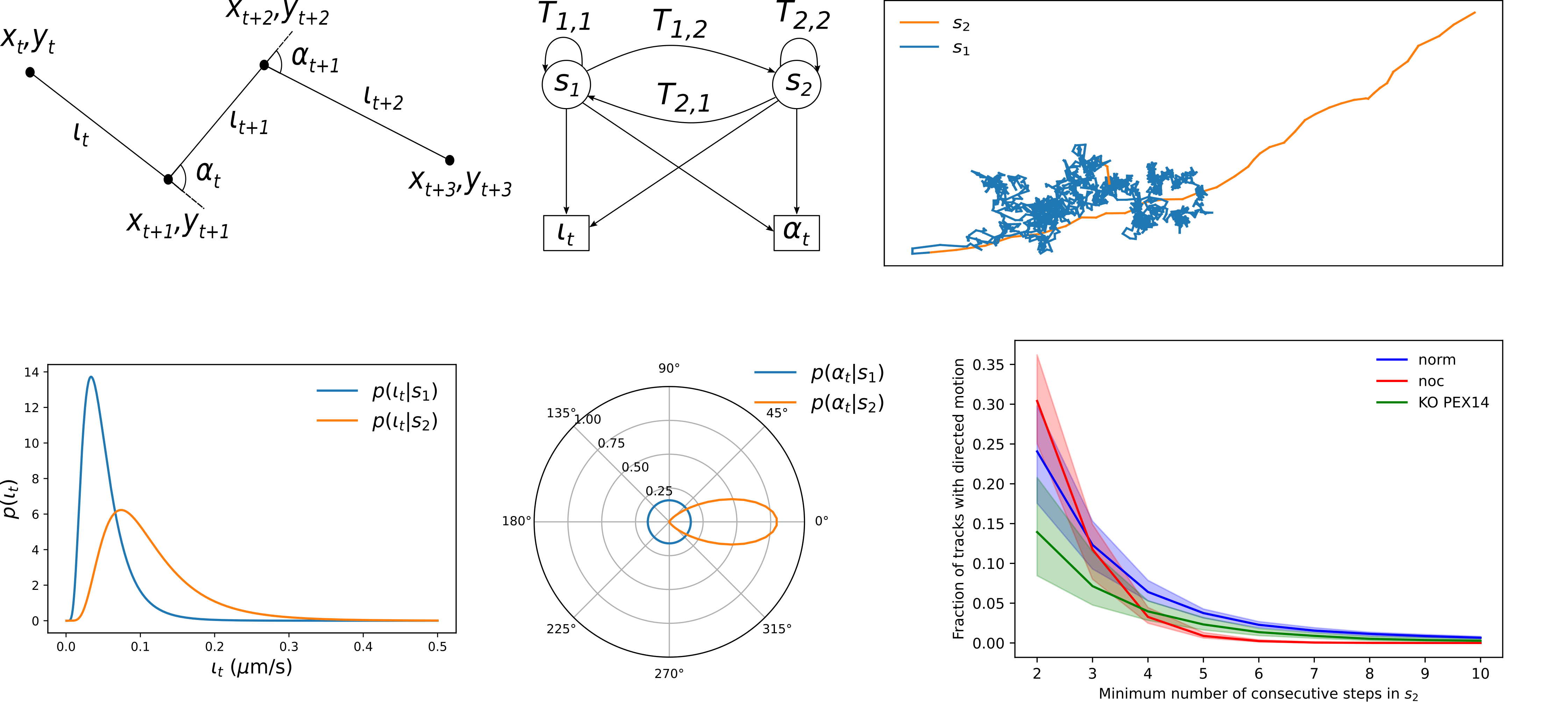Ischemia-reperfusion injury is a critical liver condition during hepatic transplantation, trauma, or shock. An ischemic deprivation of antioxidants and energy characterizes liver injury in such cases. In the face of increased reactive oxygen production, hepatocytes are vulnerable to the reperfusion driving ROS generation and multiple cell-death mechanisms. In this study, we investigate the importance of hydrogen sulfide as part of the liver’s antioxidant pool and the therapeutic potency of the hydrogen sulfide donors sodium sulfide (Na2S, fast releasing) and sodium thiosulfate (STS, Na2S2O3, slow releasing). The mitoprotection and toxicity of STS and Na2S were investigated on isolated mitochondria and a liver perfusion oxidative stress model by adding text-butyl hydroperoxide and hydrogen sulfide donors. The respiratory capacity of mitochondria, hepatocellular released LDH, glutathione, and lipid-peroxide levels were quantified. In addition, wild-type and cystathionine-γ-lyase knockout mice were subjected to warm selective ischemia-reperfusion injury by clamping the main inflow for 1 h followed by reperfusion of 1 or 24 h. A subset of animals was treated with STS shortly before reperfusion. Glutathione, plasma ALT, and lipid-peroxide levels were investigated alongside mitochondrial changes in structure (electron microscopy) and function (intravital microscopy). Liver tissue necrosis quantified 24 h after reperfusion indicates the net effects of the treatment on the organ. STS refuels and protects the endogenous antioxidant pool during liver ischemia-reperfusion injury. In addition, STS-mediated ROS scavenging significantly reduced lipid peroxidation and mitochondrial damage, resulting in better molecular and histopathological preservation of the liver tissue architecture. STS prevents tissue damage in liver ischemia-reperfusion injury by increasing the liver’s antioxidant pool, thereby protecting mitochondrial integrity.
ODE/SBM Parameter Estimator
The ODE/SBM parameter estimator is a framework for simulating, estimating, and screening ordinary differential equations (ODEs) or state-based models (SBMs)…
Peroxisome motility analysis
Peroxisome motility analysis using a Hidden Markov Model (HMM) enables the automatic identification and quantification of migration segments, thereby enhancing…







